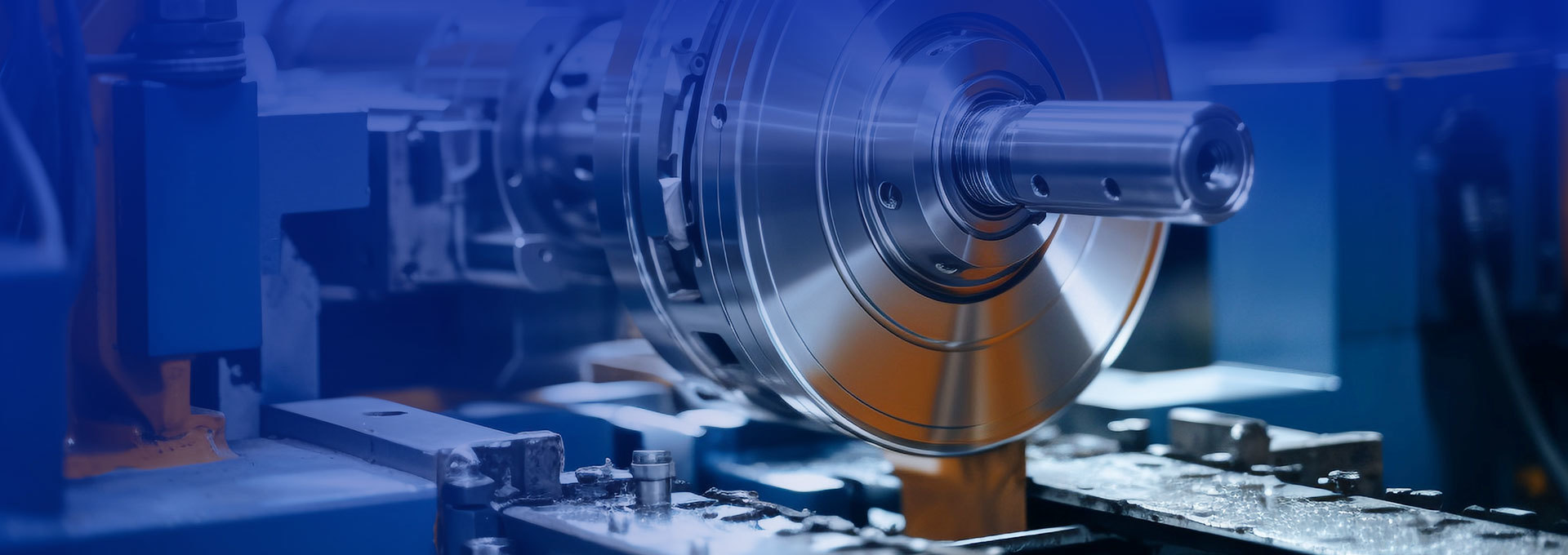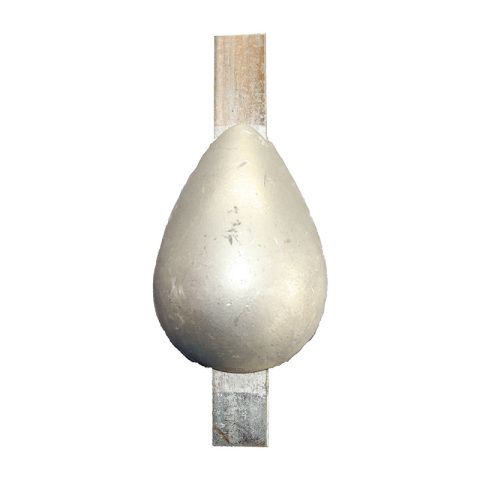Sacrificial anode is a technology that utilizes the principle of electrochemical primary cell for metal corrosion protection. The basic principle is to connect the metal with negative potential (called sacrificial anode) with the protected metal structure to form a primary cell system.
 Inquiry
Inquiry
Commonly used sacrificial anode materials include magnesium, magnesium alloys, pure zinc, zinc alloys and aluminum alloys. These materials have sufficient negative potentials to corrode preferentially in the electrolyte, thereby protecting other metallic structures.
 Inquiry
Inquiry
Sacrificial anode is a technology that utilizes the principle of electrochemical primary cell for metal corrosion protection. The basic principle is to connect the metal with negative potential (called sacrificial anode) with the protected metal structure to form a primary cell system.
 Inquiry
Inquiry
In the primary cell, the sacrificial anode, as the negative pole, undergoes an oxidation reaction and is gradually consumed, thus protecting the protected metal, as the positive pole, from corrosion.
 Inquiry
Inquiry
Oil, petrochemical, natural gas transmission pipelines and storage tanks: prevent corrosion of pipelines and storage tanks. Harbors, bridges, ships: protect underwater and exposed metal structures. Submarine cable pipelines: protect submarine equipment from seawater corrosion.
 Inquiry
Inquiry
Get a Free Consultancy
Please leave your contact information and we will arrange for an expert to contact you.







